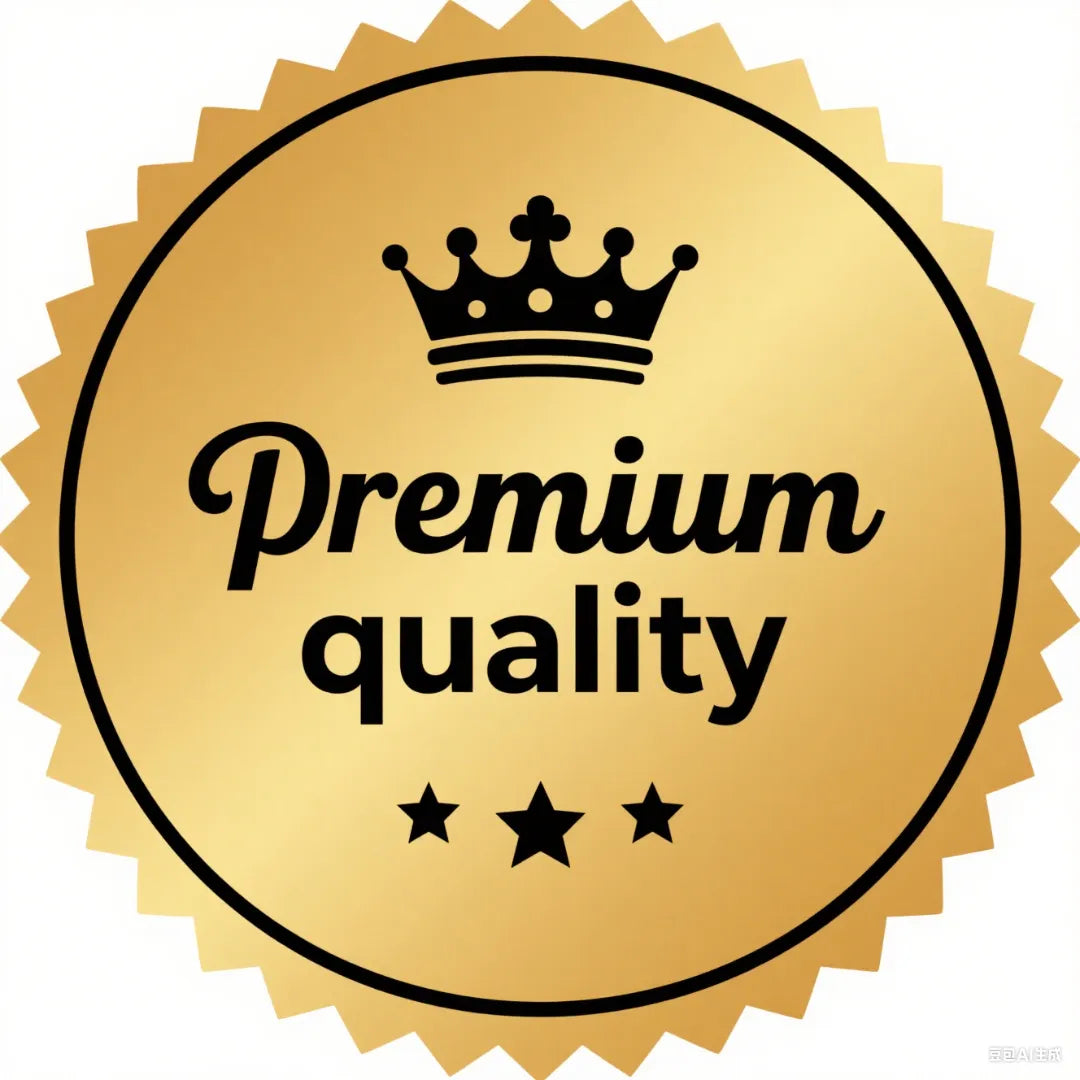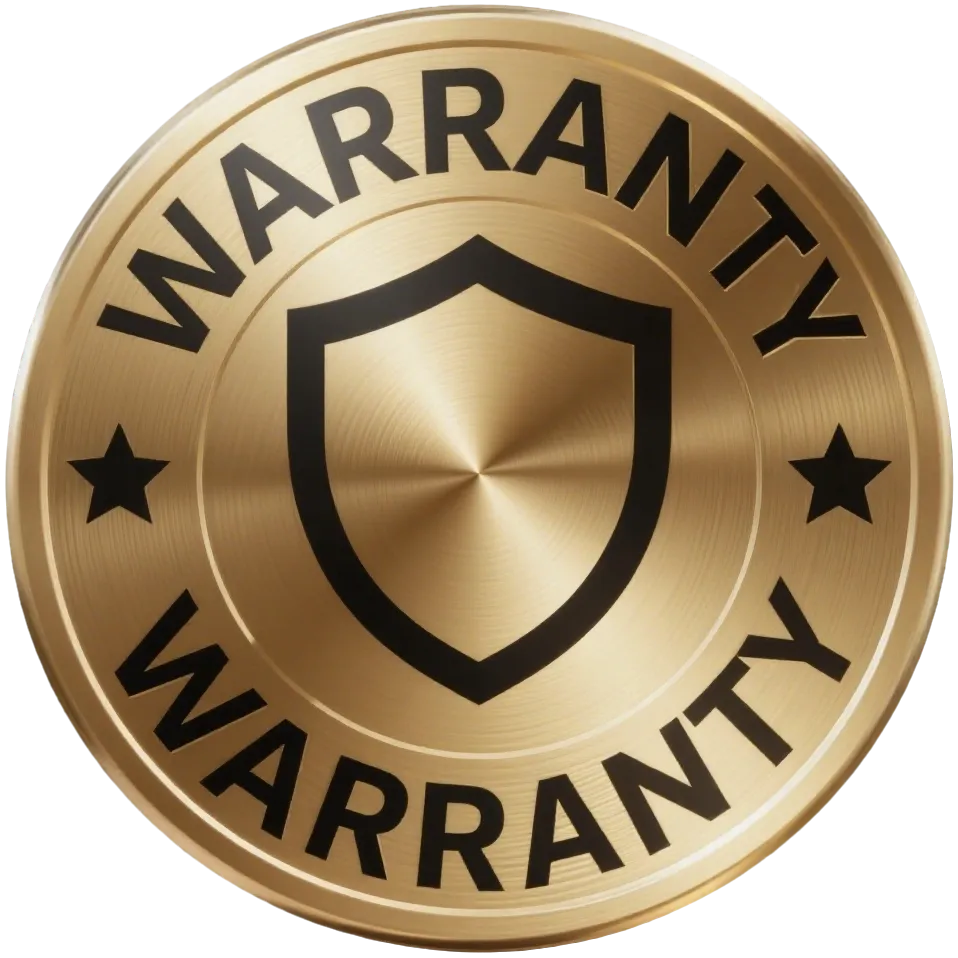Introduction: From Plate to Pollution
You finish your dinner, scrape the leftovers into the bin, and wash your dishes. Case closed, right? Not quite.
Every banana peel, chicken bone, or uneaten slice of pizza that ends up in your trash bin starts a journey — one that continues long after it disappears from your kitchen. What most people don’t realize is that this journey often ends in the emission of methane gas (CH₄), one of the most potent greenhouse gases accelerating climate change.
In this blog, we’ll explore the hidden environmental and safety dangers posed by household food waste. More importantly, we’ll look at how seemingly harmless kitchen routines are contributing to global warming — and even putting our homes at risk of methane buildup. Along the way, we’ll highlight how tools like the AEGTESTSHOP Gooseneck Gas Leak Detector can help monitor and manage methane risks, making our kitchens safer and more environmentally responsible.
Chapter 1: The Global Food Waste Problem
According to the Food and Agriculture Organization (FAO), roughly one-third of all food produced globally — about 1.3 billion tons per year — goes to waste. That’s more than enough to feed the 800+ million people who go hungry every day.
But food waste isn’t just an ethical issue; it’s an environmental one. When food is wasted, all the energy, water, and resources used to grow, process, package, and transport it are also wasted. Even worse, once it reaches landfills, this organic matter decomposes anaerobically (without oxygen), releasing methane gas as a byproduct.
Chapter 2: Understanding Methane — The Invisible Villain
Methane (CH₄) is a colorless, odorless, and highly flammable gas. It occurs naturally — in swamps, rice paddies, and the digestive systems of livestock — but human activity has significantly increased its presence in the atmosphere.
Why is methane dangerous?
-
Climate Change Catalyst: Methane is over 80 times more potent than carbon dioxide (CO₂) at trapping heat in the atmosphere over a 20-year period.
-
Explosive Risk: In enclosed spaces like garbage bins, storage areas, or basements, methane can accumulate to explosive levels.
-
Odorless & Undetectable: Because it’s odorless, methane leaks often go unnoticed without a proper gas detector.
Chapter 3: The Food Waste to Methane Pipeline
So, how exactly does food waste turn into methane?
1. Landfills: The Methane Factories
Most household food waste ends up in landfills. Once buried under layers of garbage, the oxygen supply is cut off. Anaerobic bacteria take over, digesting the organic material and releasing methane gas in the process.
Some modern landfills have systems to capture methane and convert it to energy. But many others don’t, especially in developing countries or older facilities. As a result, landfills are the third-largest source of methane emissions globally.
2. Composting Gone Wrong
Even backyard composting can emit methane if not managed properly. Overly wet, compacted, or oxygen-deprived compost heaps can go anaerobic and produce methane instead of the more benign carbon dioxide.
3. In-House Buildup
Leftovers or rotting food stored too long in kitchen trash cans, garbage disposals, or under-sink bins can begin releasing gases. In poorly ventilated areas, this gas can accumulate — especially methane.
This is where tools like the AEGTESTSHOP Gooseneck Gas Leak Detector come into play, helping homeowners monitor invisible gas buildup near waste storage zones.
Chapter 4: Real Dangers in Your Home — Beyond Climate Change
While the climate impacts of food waste are alarming, many homeowners don’t realize the personal safety risks methane presents.
1. Gas Accumulation in Enclosed Spaces
Homes with limited ventilation or sealed basements are vulnerable to gas buildup. Methane is lighter than air, so it tends to rise and can collect near ceilings, pipes, or attic spaces. Garbage bins stored in utility closets or enclosed pantries can unknowingly become sources of methane accumulation.
2. Fire and Explosion Hazard
Methane is highly combustible. All it takes is a spark from a faulty appliance, a static shock, or an electrical outlet near a gas-leaking area to cause an explosion. Although rare, methane explosions in homes have occurred and can be devastating.
3. Health Symptoms
While methane is not toxic like carbon monoxide, high concentrations can displace oxygen in enclosed areas, leading to:
-
Headaches
-
Dizziness
-
Nausea
-
Fatigue
-
Confusion
These symptoms can be easily mistaken for common illnesses — unless methane exposure is properly detected.

Chapter 5: Monitoring the Invisible — How AEGTESTSHOP’s Gooseneck Gas Detector Can Help
If methane is invisible and odorless, how can you detect it?
That’s where the AEGTESTSHOP Gooseneck Gas Leak Detector comes in.
🔍 Product Spotlight: AEGTESTSHOP Gooseneck Gas Leak Detector
This compact, flexible, and easy-to-use device is designed specifically to detect flammable gases, including methane, propane, and natural gas. Here’s why it’s ideal for households concerned with food waste and gas safety:
✅ Flexible Gooseneck Design
The gooseneck probe allows users to reach tight spaces — under sinks, around garbage bins, inside pantries, or behind gas stoves — where methane could accumulate undetected.
✅ Real-Time Detection
Equipped with sensitive sensors, the device provides instant feedback through LED indicators and audible alarms when methane is present.
✅ Portable and User-Friendly
No need for complex setup. Whether you're a homeowner, landlord, or eco-conscious tenant, this detector is plug-and-play and can be stored easily in a drawer.
✅ Prevention is Protection
Detecting methane early can prevent fires, explosions, and health risks, especially in homes with high levels of food waste or poor ventilation.
Chapter 6: Reducing Food Waste at Home
While detection is critical, prevention remains the best strategy. Reducing food waste at its source not only cuts methane emissions but also saves money and conserves resources.
Practical Tips:
-
Plan Your Meals: Make a shopping list and stick to it to avoid buying excess.
-
Use Leftovers Creatively: Soups, stir-fries, and smoothies are great ways to repurpose food.
-
Understand Expiry Dates: “Best by” doesn’t always mean “bad after.”
-
Store Food Properly: Extend the life of produce with proper refrigeration and storage.
-
Compost the Right Way: Keep compost bins aerated and dry to avoid anaerobic (methane-producing) conditions.
Chapter 7: A Circular Economy Vision
A sustainable future doesn’t involve sending organic matter to landfills. Instead, food waste can be:
-
Composted safely
-
Converted into biogas through controlled anaerobic digestion
-
Used in regenerative agriculture
To make this happen, households must take responsibility — not just through waste reduction but also vigilant detection of environmental hazards like methane.
Devices such as the AEGTESTSHOP Gooseneck Gas Leak Detector empower individuals to be part of the solution by bridging the gap between environmental consciousness and personal safety.
Chapter 8: Conclusion — Waste is Never Just Waste
Your kitchen trash might seem like the end of the line for that leftover casserole or half-eaten apple, but in reality, it marks the beginning of a new — and potentially hazardous — lifecycle.
By recognizing the connection between food waste and methane emissions, we begin to understand our role in both environmental degradation and domestic safety. The good news? Solutions are within reach.
-
Reduce your food waste.
-
Compost properly.
-
Use detection tools like the AEGTESTSHOP Gooseneck Gas Leak Detector to monitor potential gas hazards at home.
Small habits create ripples. Today’s leftover could be tomorrow’s climate risk — or, with awareness and action, it could be just another step toward a greener, safer home.
📌 Call to Action
Want to protect your home and the planet?
Get your AEGTESTSHOP Gooseneck Gas Leak Detector today and take the first step toward making your kitchen safer, cleaner, and more sustainable.





